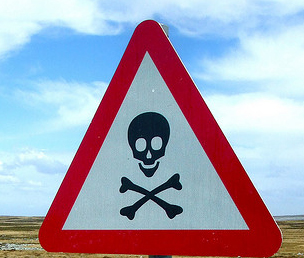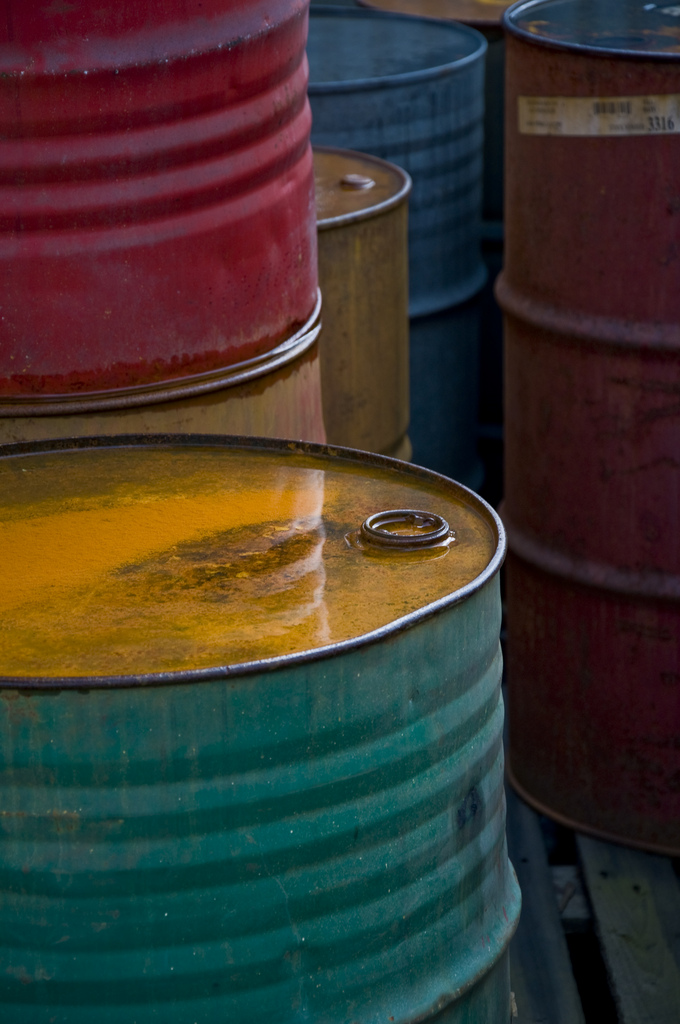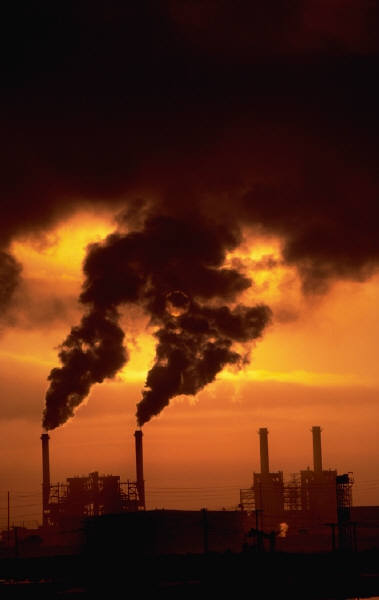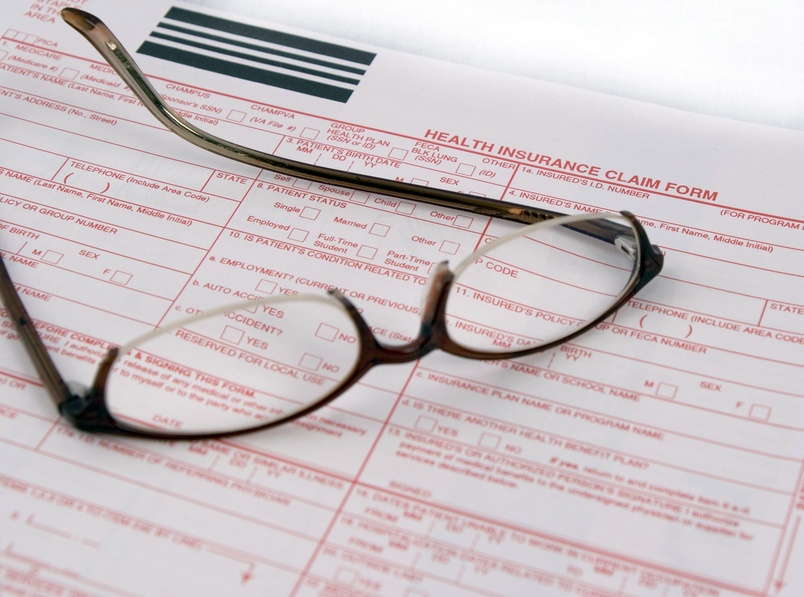One of the Dodd-Frank Act’s many directives to the Securities and Exchange Commission (SEC) was to require annual disclosures by publicly listed “resource extraction issuers” of payments they make to the U.S. federal government or foreign governments, related to commercial development of oil, natural gas, or minerals. SEC thought it met this directive when it issued Rule 13q-1 and associated Form SD in August 2012. However, on July 2, 2013 a federal judge decided that SEC misapplied its authority, and so vacated these provisions and remanded the issue to SEC to try again (American Petroleum Institute v. SEC). Since Dodd-Frank required issuer reporting to begin no less than one year after SEC issued rules, the issuer reporting requirement is now on hold—but the statutory requirement remains in place so further rulemaking should be expected.
Audit, Compliance and Risk Blog
Court Vacates SEC’s Resource Extractors’ Reporting Requirements
Posted by Jon Elliott on Fri, Jul 19, 2013
Tags: Corporate Governance, Business & Legal, SEC, International, Health & Safety, Environmental, Greenhouse Gas, ghg, fracking, hydraulic fracking
Cal/OSHA Revises Its Hazard Communication Standard
Posted by STP Editorial Team on Mon, Jul 15, 2013
Cal/OSHA’s Hazard Communication Standard (HCS) is designed to ensure that employers evaluate and classify the hazards of workplace chemicals, and that both employers and employees receive relevant information about those hazards. HCS requires all employers with hazardous chemicals in the workplace to develop, implement, and maintain a workplace hazard communication program to inform employees about the hazardous chemicals to which they may be exposed. HCS also requires manufacturers and importers of hazardous chemicals to classify the hazards of the chemicals that they produce or import, and distributors to pass this information to end-users.
Tags: Business & Legal, Health & Safety, OSHA, California Legislation, Hazcom
July 1 was the deadline for subject facilities to file their annual toxic chemical release inventory (TRI) reports with the US Environmental Protection Agency (EPA) and their state, on one of two EPA-mandated forms, Form R or Form A. These TRI reports are mandated by Section 313 of the Emergency Planning and Community Right-to-Know Act of 1986 (EPCRA), which was adopted as the first Congressional response to the December 1984 toxic gas disaster in Bhopal, India.
Tags: Corporate Governance, Business & Legal, Health & Safety, Environmental risks, Environmental, EHS, Hazcom
Environmental Compliance: Changes to California Training Requirements
Posted by Viola Funk on Wed, Jul 03, 2013
California Revises Wastewater Treatment Plant Operator Certification Rules
The latest State Water Resources Control Board (SWRCB) regulatory tweaks broaden coverage but also give wastewater treatment plant owners some welcome wiggle room. Effective April 1, 2013, the SWRCB has revised its regulations regarding wastewater treatment plant classification, operator certification, and contractor registration. The rules have been expanded to cover privately owned wastewater treatment plants. However, they also establish a provisional operator certification. This means owners of Class I wastewater treatment plants who are finding it hard to recruit certified operators may employ provisional operators while conducting their search. In addition, the definition of wastewater treatment plant has been revised to clearly state that water recycling treatment plants are included within the definition. Numerous other key changes affecting California CCR compliance have been made to these regulations.
Tags: Corporate Governance, Employer Best Practices, Health & Safety, California Legislation, Training, Environmental risks, Environmental
EPA Revises Standards for Identification of Non-Hazardous Secondary Materials
Posted by STP Editorial Team on Tue, Jun 18, 2013
Traditionally, industrial facilities have used fossil fuels such as coal, oil, and natural gas as their main source of energy. Over the years, however, facilities have sought to replace some or all of their fossil fuel with less expensive and more efficient alternative fuels from secondary materials. The Environmental Protection Agency (EPA) has regulated the combustion of such wastes under the Resource Conservation and Recovery Act (RCRA). Under RCRA, some of these secondary materials are classified as ''hazardous wastes,'' while others are referred to as ''non-hazardous secondary materials.'' Facilities that combust ''solid waste'' as defined by EPA under RCRA must be regulated by emission standards issued by EPA under section 129 of the Clean Air Act (CAA).
Tags: Business & Legal, Health & Safety, EPA, RCRA, CAA
PSD Rules Rescinded In Part
Recent court decisions rescind portions of EPA Clean Air Act rules governing Prevention of Serious Deterioration (PSD) and renewable fuels. For example, in October 2010, EPA adopted rules allowing for significant impact levels (SILs) and significant monitoring concentrations (SMCs) for sources of PM-2.5. However, in January of this year the D.C. Circuit upheld most elements of the 2012 standards, but vacated and remanded provisions establishing and applying projections of cellulosic biofuel use. American Petroleum Institute v. EPA, ___ F.3d ___ (D.C. Cir. 2013).
Tags: Health & Safety, OSHA, Environmental risks, Environmental, EPA, ghg
Incineration Standards and Fire Fighting—What You Need to Know
Posted by Viola Funk on Thu, May 23, 2013
Ensure Your Facility Meets Final EPA New Source Performance Standards for CISWI Units
On February 7, the Environmental Protection Agency (EPA) issued a final rule (78 FR 9112) amending the new source performance standards for commercial and industrial solid waste incineration units. This action sets forth the agency’s final decision on a number of issues for which it granted reconsideration of the final rule titled “Standards of Performance for New Stationary Sources and Emissions Guidelines for Existing Sources: Commercial and Industrial Solid Waste Incineration Units” (CISWI rule) that was issued in March 2011. The final rule establishes effective dates for the standards and makes various technical corrections to clarify definitions, references, applicability, and compliance issues.
Tags: Business & Legal, Health & Safety, Training, EPA, Greenhouse Gas
A FIRE CODE PRIMER
Date: Wednesday, May 22, 2013
Time: 2:00 PM - 3:00 PM EDT
Free! All are welcome
Tags: Health & Safety, OSHA, Hazcom, STC, Webinar
Are you an employer concerned with California Code of Federal Regulation (CFR) compliance? Some recent developments at the state level may affect your operations. To learn whether you need to take action, read on!
Tags: Health & Safety, OSHA, California Legislation, Greenhouse Gas, ghg
Employment Law and ERISA: Medical Plan Terms - Clarity Trumps Equity
Posted by Jon Elliott on Wed, May 01, 2013
On April 16, 2013 the U.S. Supreme Court delivered another reminder that agreements must be drafted clearly and specifically if they are to deliver predictable outcomes – otherwise a court’s later efforts to sort through ambiguities may produce surprises. The case is U.S. Airways v. McCutchen. It arose under a medical benefits plan subject to the federal Employee Retirement Income Security Act of 1974 (ERISA).
Tags: Corporate Governance, Business & Legal, Employer Best Practices, Health & Safety, Employee Rights, Insurance, Insurance Claims, ERISA










